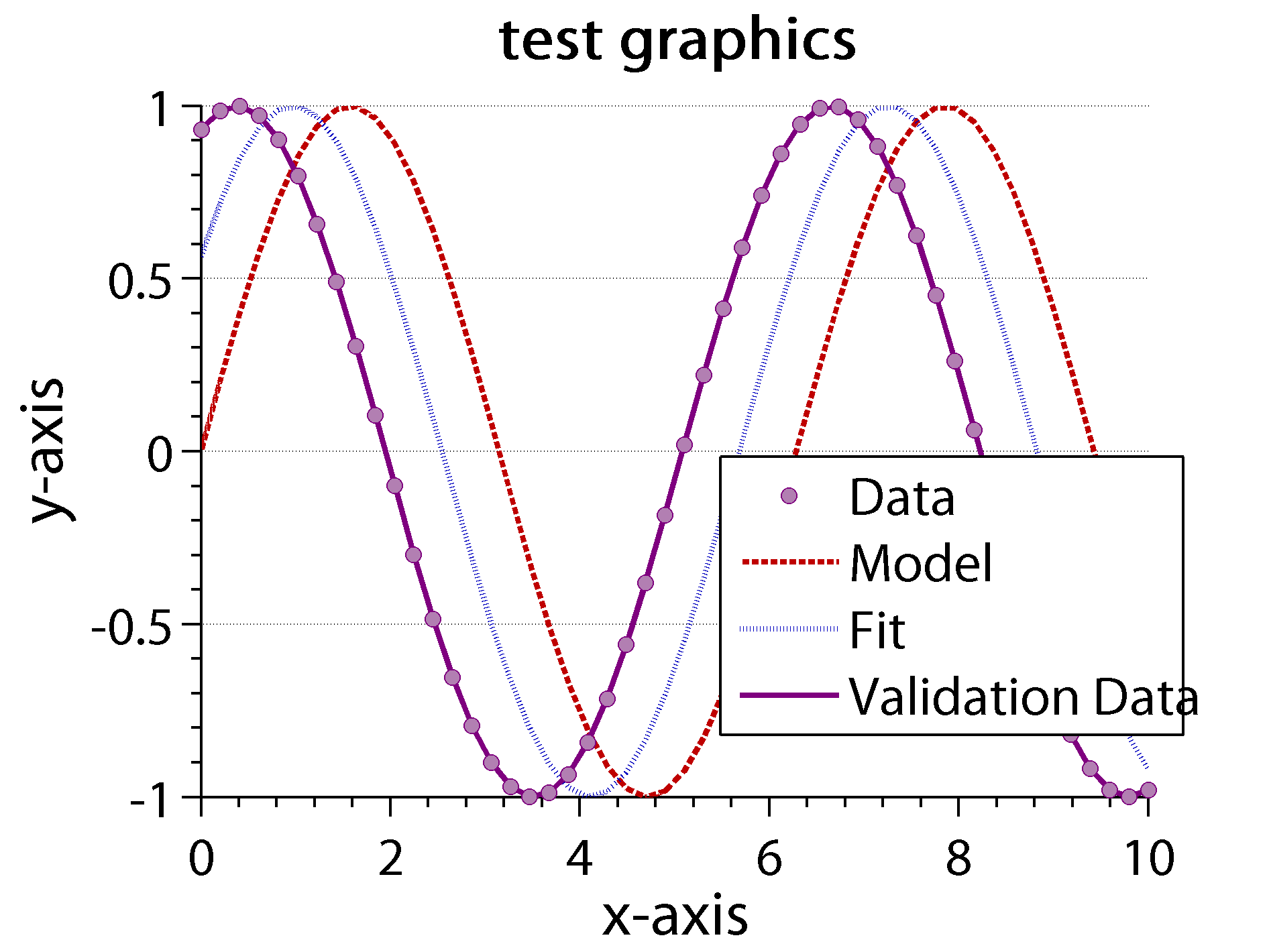

To change from least squares to a robust fitting method, use the Method menu. To change the type of confidence intervals, use the Bounds menu. The following list highlights what is included in the export, but is not exhaustive: E, H, B, and J fields for point, planar, and volumetric sensors.
Matlab polytool export full#
To change the degree of the polynomial, choose from the pop-up menu at the top of the figure. XF's MATLAB Export Functionality enables full post-processing of data with MATLAB’s extensive mathematical and visualization capabilities. The argument n controls the degree of the polynomial fit.
Matlab polytool export update#
The predicted value of y will update as you drag the reference line. The shape of the pointer changes from an arrow to a cross hair when you are over the vertical line to indicate that the line can be dragged. Polytool fits by least-squares using the regression modelĮvaluate the function by typing a value in the x-axis edit box or by dragging the vertical reference line on the plot. Plots 100(1-alpha) % confidence intervals on the predicted values. Text with current predicted value of y and its uncertainty appears to the left of the y-axis. The plot shows the fitted curve and 95% global confidence intervals on a new predicted value for the curve. This plot is graphic user interface for exploring the effects of changing the polynomial degree of the fit. Interactive plot for prediction of fitted polynomialsįits a line to the column vectors x and y and displays an interactive plot of the result.

an array exceeding 2**32-1 bytes).Polytool (Statistics Toolbox) Statistics Toolbox I have tried looking for similar problems but all I have come across is that some have had issues assigning large amounts of data to a single. When I print the values to check if they are imported correctly I get reasonable values - but when I open my exported values in MATLAB this is an example of my output: > lat001Īnd other variables have similar large exponent value (sometime very small as in this example sometimes extremely large ~1e100). # add latest imported coordinate to dictionary # load in standard variables (coordinates) # initialize dictionary (param) and cycle number (i.e. # and then pipe the standard output of that to input of this script # ls -d $PWD/* OR if files not in PWD then ls -d /absolute_file_path/* # to access an abolute path on a linux systen use the command:

# script take absolute path inputs (or absolute paths are desirable) The data I am importing all has a lat/lon coordinate attached to it so I will use that data as an example.

I have had success importing the data and assigning it to a dictionary to export, but when I load my output file in MATLAB none of the data looks at all the same. I am working on a script in python where I can pipe ls output to the script and open all the files I want to work with in python using scipy.io, and then I want to take all the imported data, and assign them into a.


 0 kommentar(er)
0 kommentar(er)
